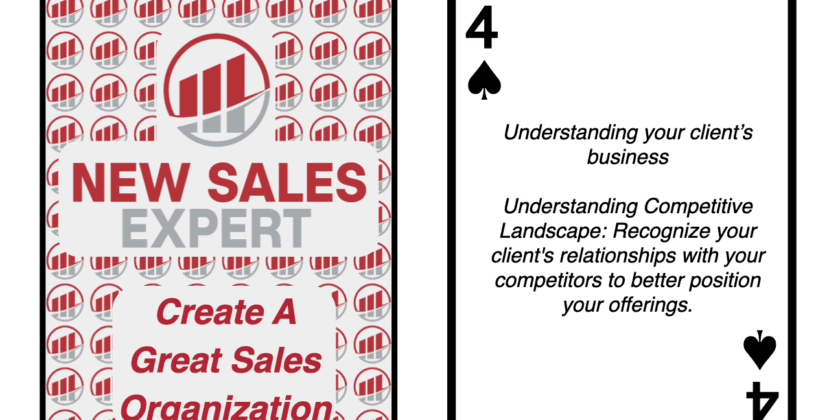Crafting the Perfect Sales Strategy: Understanding the Competitive Landscape
In the world of sales, understanding the competitive landscape is as vital as the seasoned chess player’s ability to predict their opponent’s moves. Think of the business landscape as a grand chessboard. Each company, akin to a player, tactically moves, adjusts to threats, and seeks positions of influence. These moves signify their strategy, and a crucial part of this strategy revolves around their competitive dynamics. For sales leaders and professionals, this knowledge doesn’t just serve to inform—it reshapes the narrative and the very essence of their pitch.
The Significance of the Competitive Environment
Let’s delve into a hypothetical situation to provide depth to our premise. Suppose you’re approaching Company A—a company recently disillusioned by a competitor’s solution. If your pitch mirrors the competitor’s offering, you’re at a disadvantage. The inherent bias against similar solutions is palpable. However, being aware of this dynamic and highlighting how your superior solution pivots your pitch from ordinary to compelling. It’s not just a strategy; it’s foundational to successful selling.
The Ever-changing Nature of Competition
But here’s where the complexity sets in. Competitive relationships are like rivers; they are seldom static. They change, influenced by external market shifts, internal strategic decisions, and evolving company needs. The true challenge is the fluidity of these relationships. Rarely does a company broadcast its grievances or alliances with competitors. Thus, as sales professionals, it’s imperative to recognize and navigate these nuances.
Navigating the Maze of Competition
To truly understand and utilize this knowledge, a multifaceted approach is paramount. Start with a bird’s-eye view. Familiarize yourself with the significant industry players and their affiliations. Who are the allies, competitors, or potential merger interests?
Delving deeper, the gold often lies in direct client interactions. Comments referencing past associations, like “We used to work with…” can provide invaluable insights into their competitive history. Furthermore, creating channels for feedback post-pitch can reveal comparisons they make with competitors—insights that can refine future strategies.
Moreover, staying updated is non-negotiable. Attend industry conferences, join forums, and subscribe to trade journals. In an era of technological advancement, tools like CRM systems and competitive analysis platforms provide real-time insights into a company’s competitive standing and relationships.
My book, Eliminate Your Competition, can be a great window into dealing with competitors. Understanding your major competition, your minor competitors, and your niche competitors can be helpful in how you develop your strategy to entice your prospect to become a customer. There is a benefit in having competition also since without competition, you are unsure if the prospect is truly serious about making a change, in other words, spending their money on your product.
You may purchase my book Eliminate Your Competition from your favorite book retailer. The ebook version is available at the most popular retailers such as Apple, Amazon, Barnes & Noble. The paperback version is also widely available at such retailers as Amazon, Barnes & Noble, and Books A Million.Crafting the Masterstroke: Your Sales Pitch
Armed with such rich insights, the pitch transforms. It’s no longer about selling a product or a service. It’s about situating your solution within a broader competitive context, differentiating it, and accentuating its unique value. For example, if a prospective client had scalability concerns with a competitor’s product, spotlighting scalability as a cornerstone of your offering isn’t just strategic—it’s transformative.
The Competitive Chessboard
Navigating the intricate business world, with its fluid relationships and shifting loyalties, is reminiscent of a grand chess game. The board, filled with complex moves and strategies, demands foresight and precision. CEOs, sales managers, and professionals must understand that in the realm of sales, this is more than just about the product.




